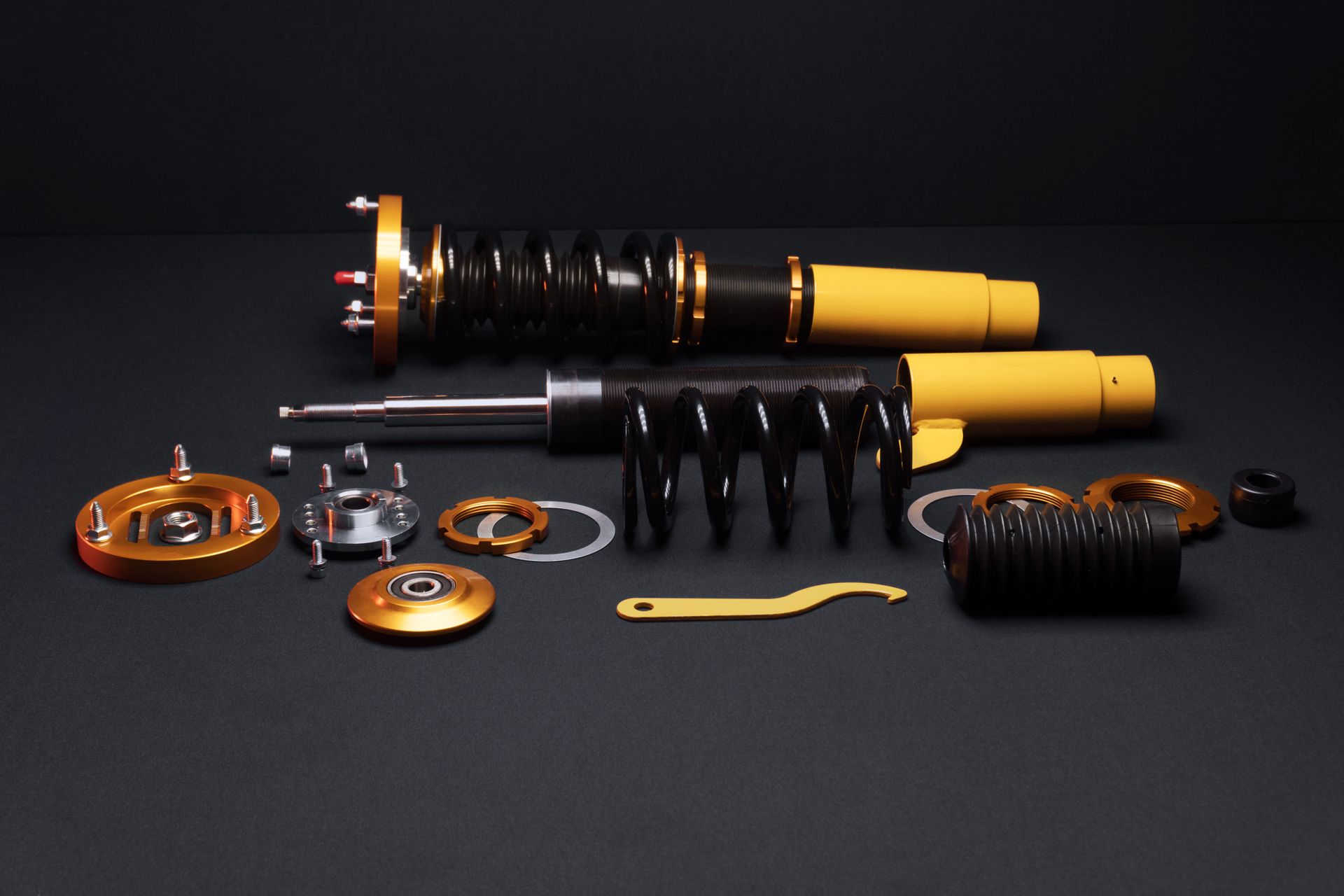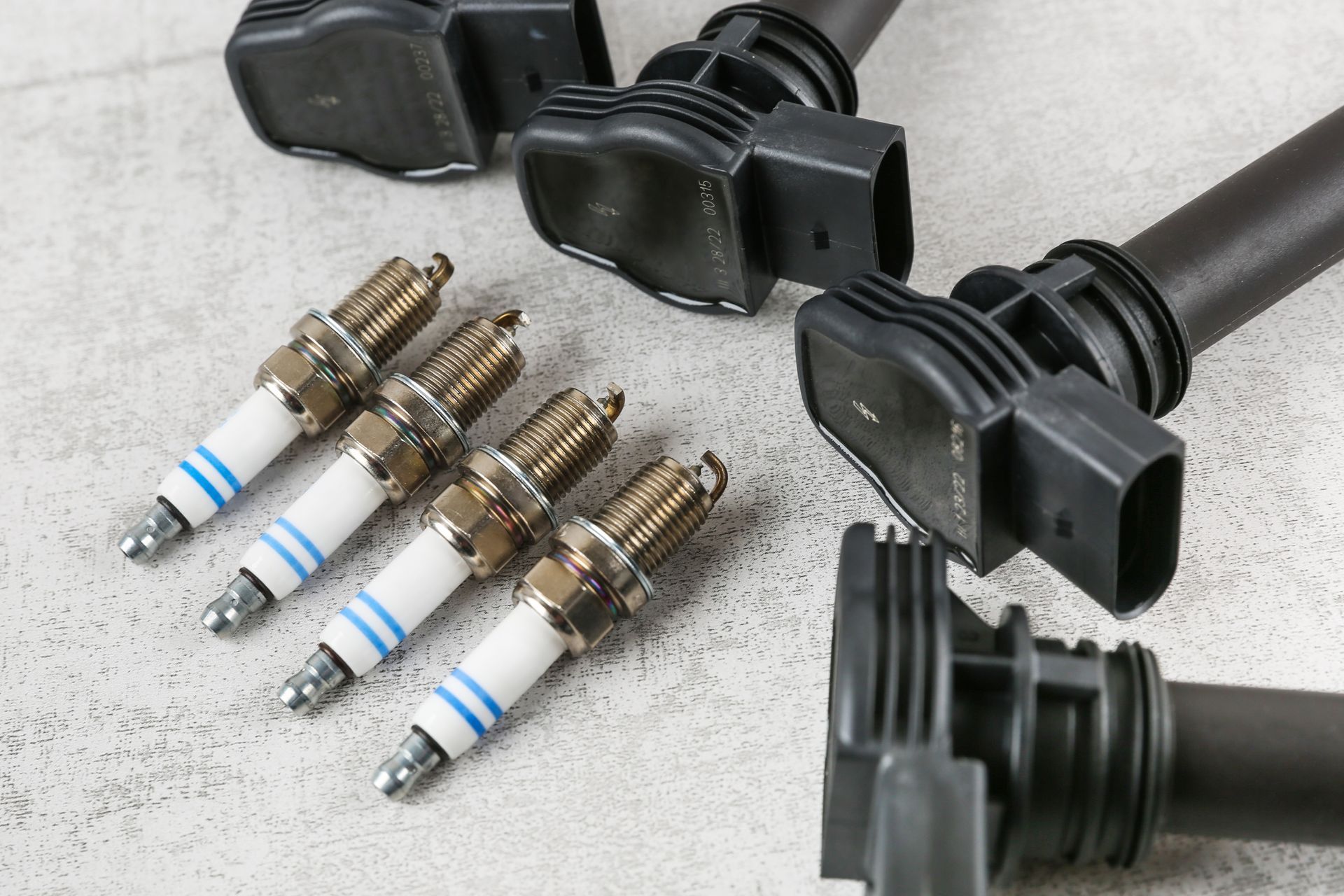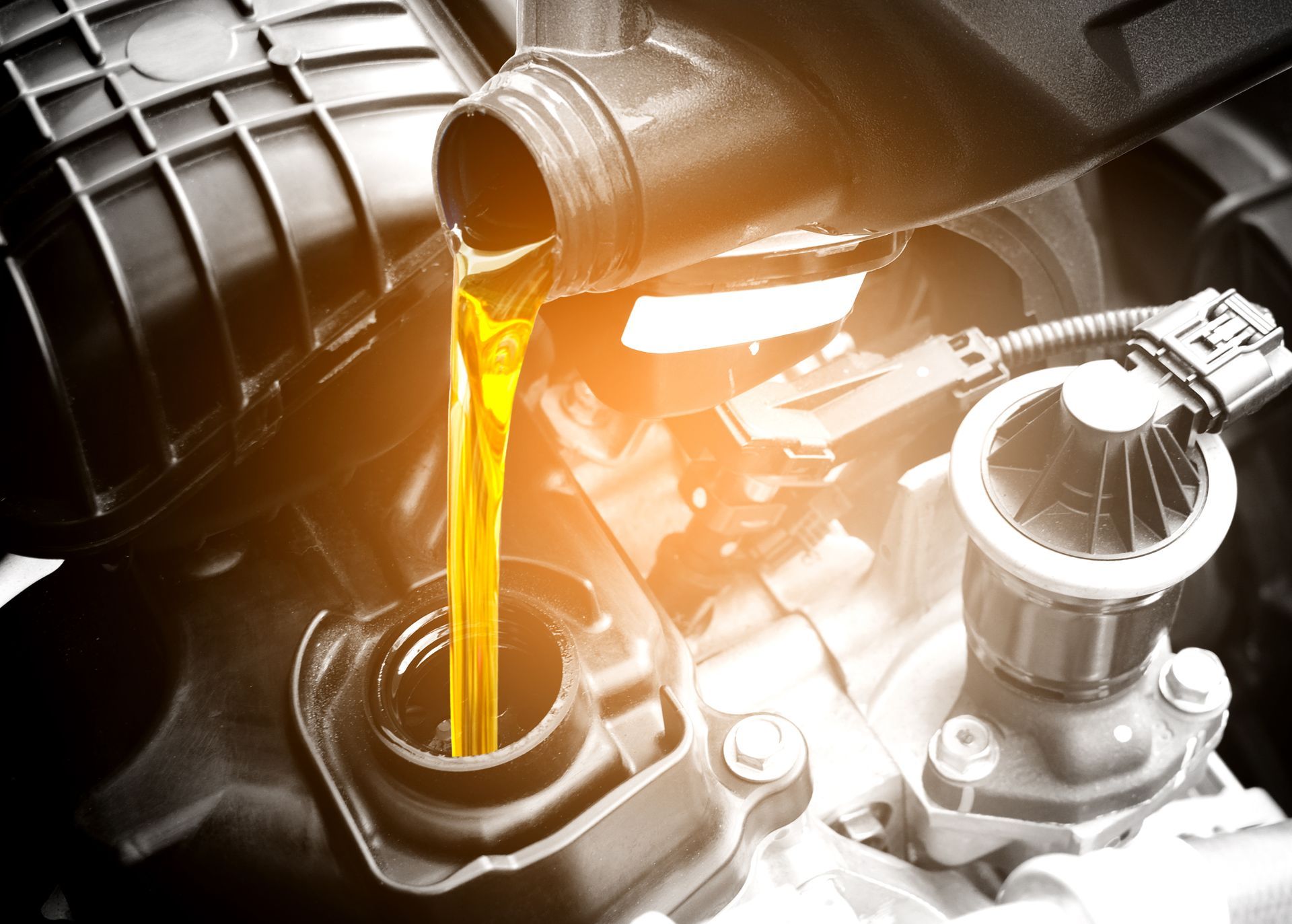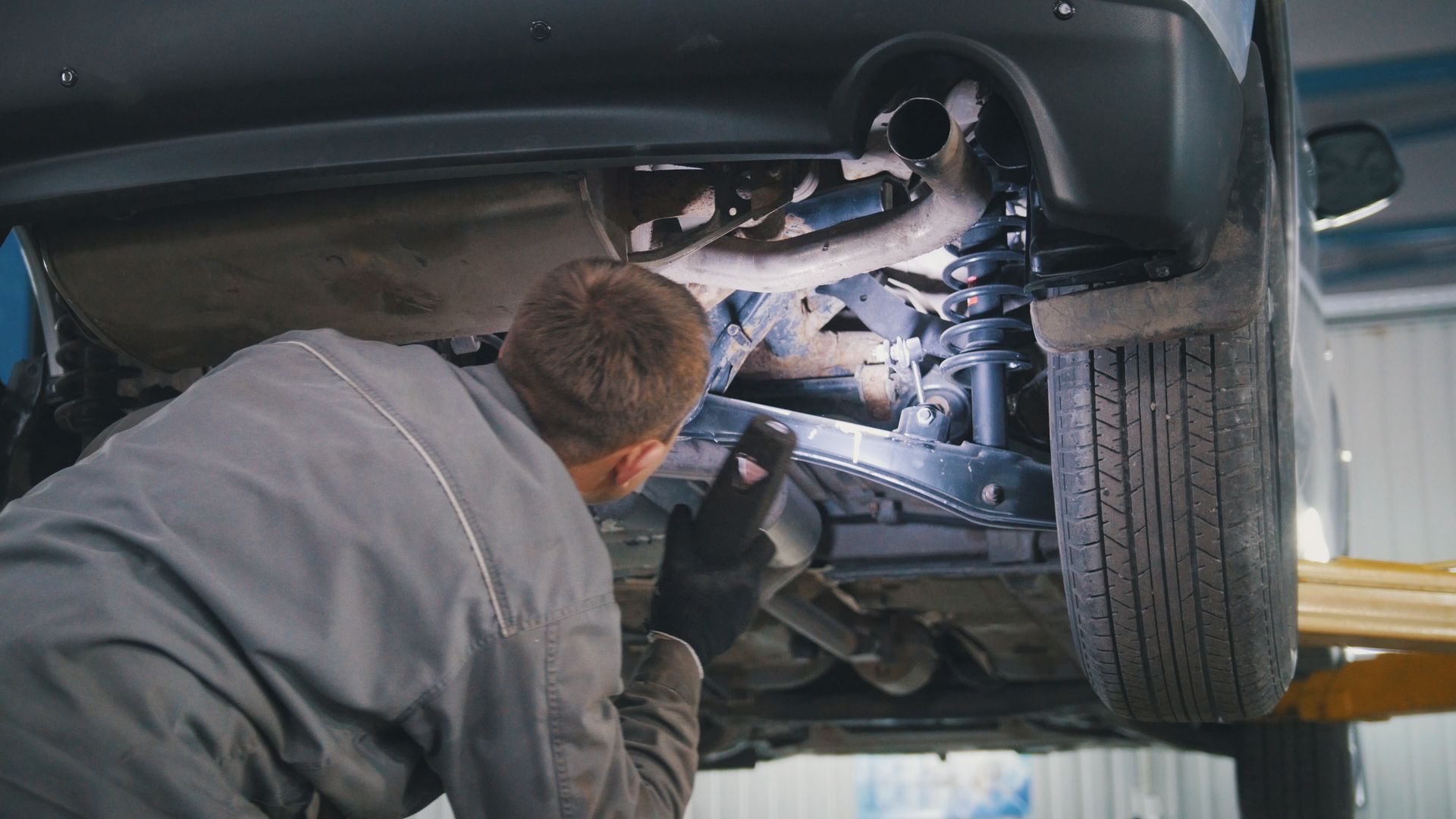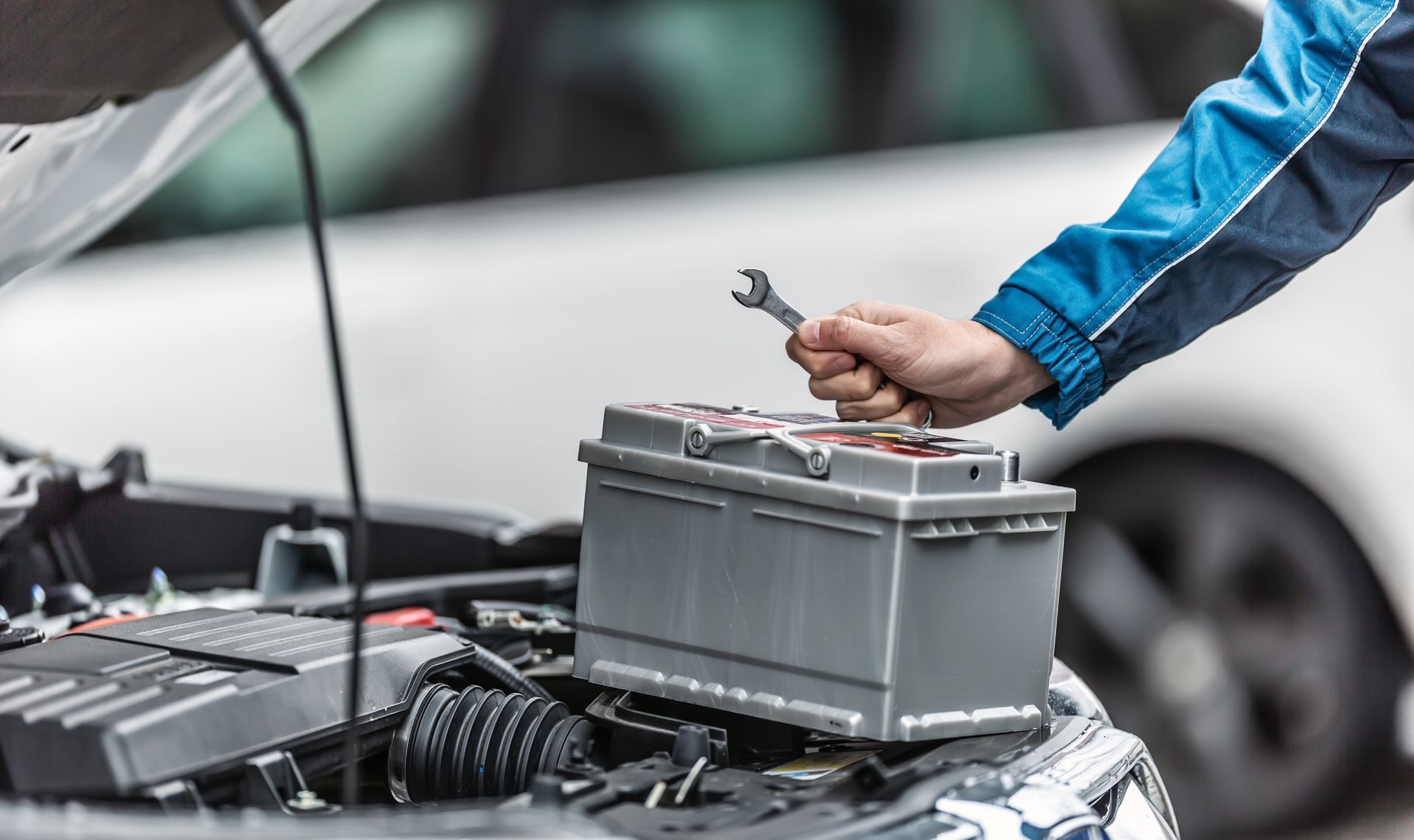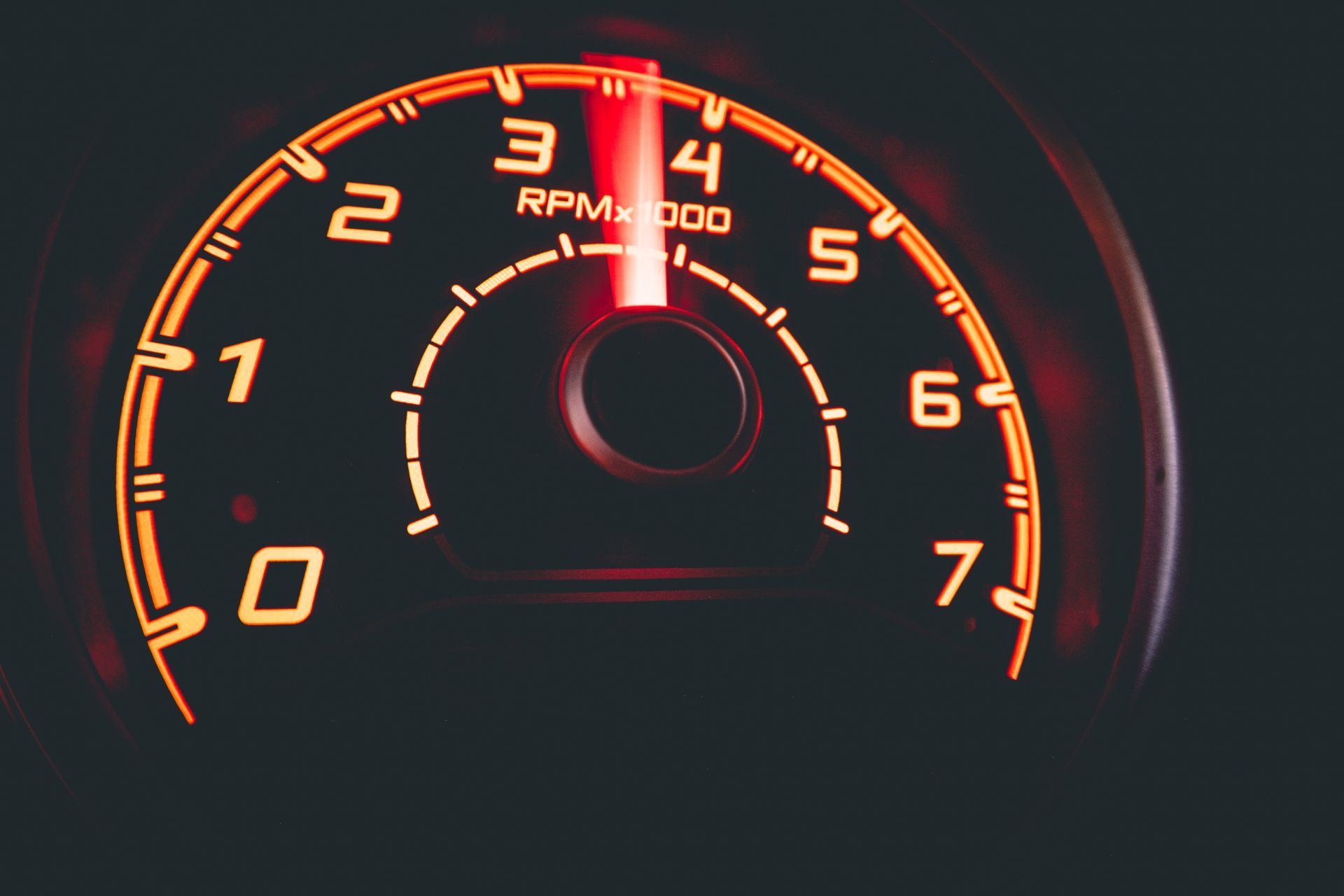If your engine is idling roughly, accelerating poorly, or even triggering the check engine light, you might be dealing with a vacuum leak. Though small and often hidden, vacuum leaks can lead to frustrating symptoms and costly repairs if left unaddressed.
Modern engines rely on vacuum systems to control everything from fuel delivery to emissions. When a leak occurs, it throws off the balance of air and fuel, which affects how your engine runs. Here’s how to recognize the signs of a vacuum leak and what to do about it before it causes bigger problems.
What Is a Vacuum Leak
Your engine pulls in air to mix with fuel during the combustion process. This airflow is carefully measured and controlled by sensors and valves. A vacuum leak happens when air enters the system through an unintended path, such as a cracked hose or failed gasket. Since this extra air isn’t measured by the sensors, it creates an imbalance in the air-fuel mixture.
Too much air makes the engine run “lean,” which can cause stalling, misfiring, hesitation, or increased fuel consumption. Over time, the added stress can damage internal components like spark plugs or valves.
Common Symptoms of a Vacuum Leak
The symptoms of a vacuum leak vary depending on the size and location of the leak, but here are the most common signs:
- Rough or high idle: The engine may shake or rev higher than normal while idling.
- Stalling: The engine might die suddenly at stops or low speeds.
- Hesitation or lack of power: Acceleration may feel sluggish or uneven.
- Check engine light: A vacuum leak often triggers fault codes related to air-fuel ratio or misfires.
- Hissing sound from the engine bay: A small leak can create a faint whistle or hiss, especially when the engine is running.
If you experience several of these symptoms together, it’s a strong sign that a vacuum leak could be the cause.
Where Do Vacuum Leaks Come From
Vacuum leaks can come from a variety of places. Common sources include:
- Cracked or brittle vacuum hoses that connect to intake components
- Faulty intake manifold gaskets
- Disconnected or broken PCV valves
- Leaky brake boosters
- Throttle body or EGR valve seals
- Loose or damaged sensor grommets
Because vacuum lines are often small and tucked away under the hood, pinpointing a leak can be challenging without the right tools and experience.
How Technicians Diagnose a Vacuum Leak
At the shop, technicians use several methods to find vacuum leaks. One common approach is a smoke test. This involves pumping non-toxic smoke into the intake system and watching where it escapes. It’s a fast and reliable way to identify the exact location of even small leaks.
Other diagnostic tools include listening devices, fuel trim data from the engine computer, and visual inspections of hoses and connectors. If the check engine light is on, a code reader can also help narrow down the possibilities.
Why You Shouldn’t Ignore Vacuum Leaks
Even if the symptoms seem minor, ignoring a vacuum leak can lead to long-term engine damage. Running lean for extended periods increases combustion temperatures, which can harm pistons, valves, and the catalytic converter.
Vacuum leaks also reduce fuel efficiency and may cause your car to fail emissions tests. What starts as a minor performance issue can quickly snowball into a larger repair if it’s not addressed early.
What You Can Do as a Driver
If you suspect a vacuum leak, don’t try to chase it down on your own unless you have mechanical experience. The signs can mimic other problems, such as bad sensors or failing ignition components. Instead, have a professional technician inspect the vehicle and run a diagnostic test.
In the meantime, take note of any patterns with your symptoms. Does the rough idle happen more when the engine is cold? Is there a hissing sound when you open the hood? These details can help your technician get to the root of the issue faster.
Expert Engine Diagnostics at Evergreen Auto Repair in Everett, WA
A vacuum leak might be small, but it can cause big problems if left unchecked. At Evergreen Auto Repair in Everett, WA, we use advanced diagnostic tools to track down leaks quickly and accurately. Whether you’re dealing with a rough idle, poor acceleration, or an annoying check engine light, our team can identify the issue and recommend the right repair.
Book an appointment today and keep your engine running smoothly through every season.

